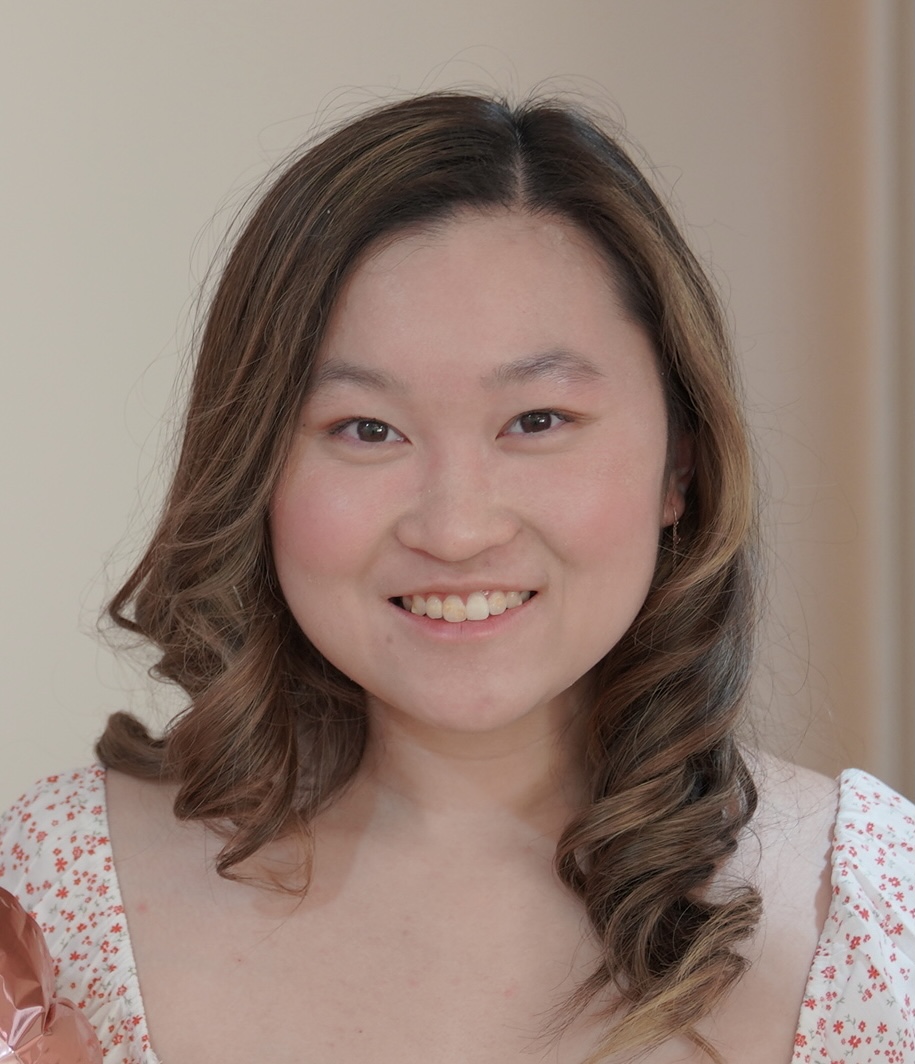2024 Posters
Protein and Co-Products
Session: Protein and Co-Products Poster Session
Advanced glycation end-product formation in alkaline extracted sunflower protein as a function of color, pH, thiol type and concentration
Tuesday, April 30, 2024
5:00 PM - 6:00 PM EDT

Charlene B. Pok (she/her/hers)
Student
Chapman University
Monterey Park, California, United States
Lilian W. Senger, PhD
Professor
Chapman University
Orange, CA, United States
Presenting Author(s)
Co-Author(s)
Abstract: Upcycling sunflower seed meal as a protein source can be accomplished through the use of thiols to limit greening at alkaline-isoelectric pH extractions. High pH can increase protein yield but potentially enhance the production of advanced glycation end products (AGEs). Thiols can lower AGEs due to their ability to trap dicarbonyls, and the effect of two thiol dough conditioners (cysteine and glutathione), at 0 mM, 2.8 mM, and 5.6 mM were tested in sunflower protein extracted at pHs of 9 and 11. AGES, greening, browning index, and protein were determined spectrofluorometrically, using a Hunter L*a*b* colorimeter and by Kjeldahl. The protein extracted at pH 11 contained higher protein than pH 9 sunflower protein powders, with powders extracted at pH 11 with no thiols exhibiting the greatest greening as determined by the lowest Hunter a* values of -5.65 and –5.61. In contrast, the protein powders extracted with the highest thiol concentration at pH 9 and 11 had the lowest greening. This lower greening was accompanied by higher browning indexes of 41.83 and 40.86 compared to the powders with the greatest greening with the lowest browning indexes of 14.53 and 13.97. This strong negative correlation between the greening of the samples and AGE levels, is possibly due to the increased Maillard reaction as opposed to the greening reaction, as both reactions use the same precursors. There was a strong negative correlation between cysteine and AGE concentration, as all sunflower protein powders with cysteine had lower levels of AGEs. In contrast, there was a strong positive correlation between glutathione and total AGEs. This research indicates that glutathione resulted in the highest anti-greening effect but was accompanied by greater AGE formation. This research demonstrates that both thiols have anti-greening effects on sunflower powders, but cysteine is a more effective inhibitor of AGEs.

.jpg)